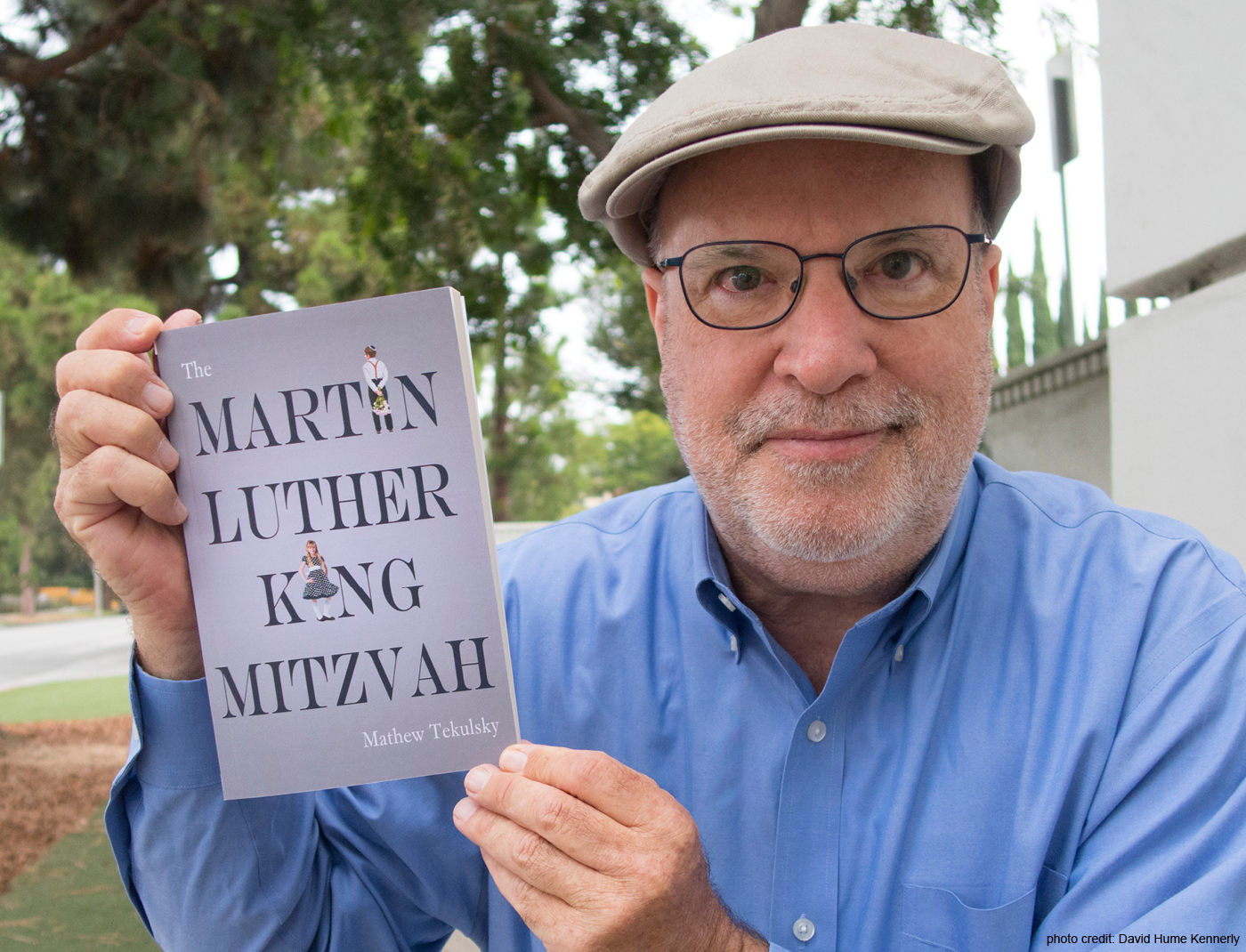I Watch an Allen’s Hummingbird Chick Grow Up: Part 4
I had been watching an Allen’s Hummingbird chick for 23 days now, from the day it hatched on April 30, 2004, until it flew from the nest on May 22. There it was teetering on a bird-of-paradise leaf, after taking its maiden voyage.
I beat a hasty retreat and left the bird alone to interact with its mother, who wasn’t far off. The rest of that day, the fledgling flew around the courtyard of the garden apartment complex, testing out its wings, and over the next two days, the little bird learned to visit the two hummingbird feeders that were hanging outside of the apartment entrance.
On its third day after fledging, the tiny bird flew up into a shrub about six feet above where its nest had been. (The owner had taken the nest down the day after the bird fledged.) Amazingly, the bird seemed to be familiar with its surroundings. It didn’t want to leave.
The bird stretched its tail feathers and wings, scratched its head from either side, and basically acted like an adult bird, although its body looked fatter than that of an adult (all that great food from its mother?)
At first, I didn’t know how to get photographs of the fledgling at the hummingbird feeder. It was too skittish to allow me to photograph it from outside. Then it dawned on me—use the apartment as a blind!
So I set up my tripod inside the apartment, looking out at the feeder through the front window. I set the flash on and clicked away at 400mm every time the little bird visited the feeder—and it worked!
The bird had buff sides and dark spots on its otherwise white chin, and it had an iridescent green back. It gorged itself on the sugar water in the hummingbird feeder, and it reappeared every half hour or so, usually announcing its arrival with a high-pitched “tse-tse-tse” sound. This sound intensified in volume and duration when the hummingbird confronted me in the courtyard and chose to fly off over the building in order to avoid me.
But the following day, our hummingbird had more than me to contend with. An Anna’s Hummingbird had discovered the hummingbird feeders outside the apartment, and it engaged in battles with the Allen’s fledgling from time to time. At one point, each hummingbird seemed to settle on either the feeder at the left or right of the front door as its own, and this arrangement appeared to work.
The next day, both hummingbirds shared the feeders, and for the next four days, I was out of town. When I returned, I hoped to still be able to see the Allen’s Hummingbird in that courtyard—and sure enough, there he was, perched on the large leaf of his favorite ornamental plant across the courtyard, about twelve feet high—safe for a hummingbird in the city.
He still looked rather scrawny at times, but his feathers had filled out nicely and he flew now with the same finesse as an adult—buzzing in and out of the courtyard at will. I fancied that he flew a block to the west and took a gander at the Pacific Ocean, then returned for a meal.
The following day, I was able to get close-up photos of the Anna’s Hummingbird at the hummingbird feeder from about ten feet away without having to use the blind, and four days after this, the Allen’s fledgling felt comfortable enough with me to let me do the same with him.
And so the two birds settled into a routine, and I became so inspired by watching hummingbirds again that I started to photograph all of the hummingbirds in my yard—including at least three Allen’s Hummingbirds.
But every time I return to that courtyard and see “my” hummingbird, I feel that I have a special connection with that bird.
After all, I watched it grow up.
(End of Part Four)



